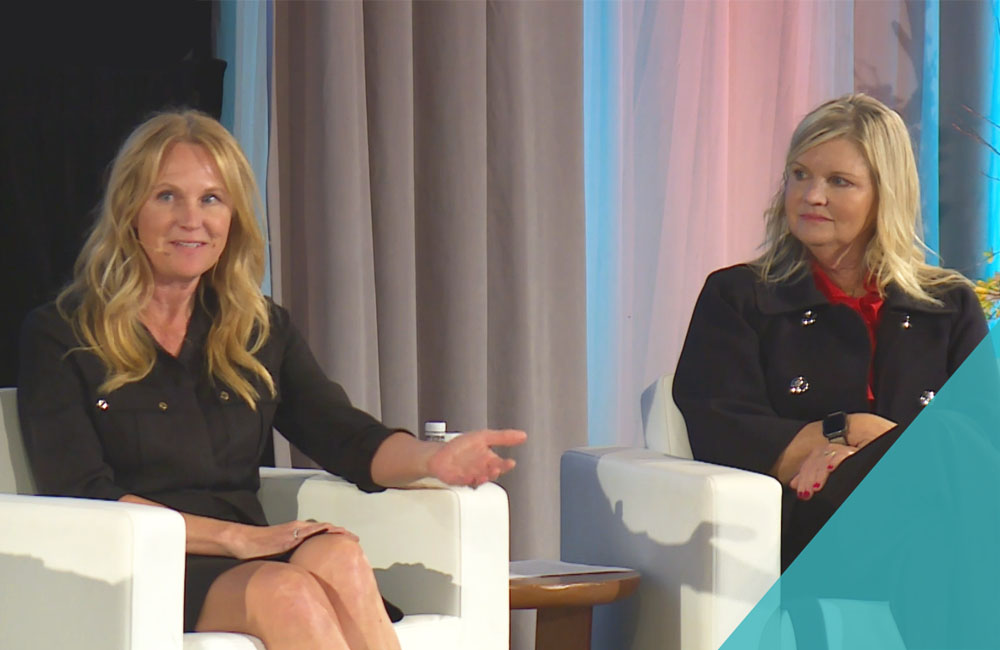
Medication Costs Likely to Hit Employers ‘Right Where It Hurts’
Where does specialty medication costs and the lack of medication adherence hit employers? I’d say the best answer to that question is, “Right where it hurts.”
A survey from Buck Consultants at Xerox showed that 77 percent of employers spent 16 percent or more of their total health budgets on pharmacy benefits in 2014. That was true for only 71 percent of employers one year earlier.
The price tag was even higher for some employers, the survey says: almost 5 percent of employers spent more than 30 percent of their health care expenditures on pharmacy.
What Pushes Up Costs?
Two factors are behind the higher spending.
- We’re paying more for brand-name drugs. An AARP report found that the cost of 227 brand-name drugs increased by 12.9 percent in 2014, which compares to a 1.5 percent rate of inflation. While AARP focused on drugs used by older Americans, they noted that the price increases also affect many Americans in other age groups.
- We’re paying the high price of specialty medications. The Buck study blamed specialty medications for increasing the share of employers’ health care spending that goes to pharmacy benefits. Specialty medications are used to treat complex conditions and represent 1 percent of prescriptions, but more than one-fifth of prescription medication costs. Some experts say specialty drug spending will account for half of spending on pharmaceuticals by 2018. That sounds like an exaggeration until you realize that the Hepatitis C drug Sovaldi sold by Gilead Sciences costs $1,000 a pill, which adds up to $84,000 per course of treatment. Ironically, experts say that drug can be made for as little as $68 to $135 for the typical 12-week course, according to a National Public Radio (NPR) article.
Lack of Adherence Drives Medication Costs, Too
The cost of medication adherence is another issue. Some of this cost is in waste: about half of the medication we pay for is never used.
Some of this cost is found in additional health care, with 10 percent of hospital admissions blamed on people who do not adhere to their medication regimen. Overall, the cost of paying for additional care for chronic conditions and other consequences is pegged at between $100 million and $289 million annually.
From the Experts
Your pharmacy benefits manager (PBM) can also play an important role in helping you address these issues. They may be able to recommend tools you can use or steps you can take to manage specialty medications or improve medication adherence.
According to The Alliance’s recommended partner for pharmacy benefits management, WisconsinRx | National CooperativeRx,
“Specialty drugs and adherence are complex challenges that require a strategic and multifaceted approach. Additional challenges also affecting costs in the pharmacy benefits industry include compounds, the rising costs of generic drugs, and drug abuse and misuse. Careful consideration must be given with regards to determining participant cost share, and a sound plan design is the key to keeping participants healthy while controlling costs.”
What Can You Do?
It’s essential for employers to understand the scope of this problem and the steps they can take to address it. On March 17,2015, The Alliance will hosted an Alliance Learning Circle featuring experts on specialty medications and medication adherence.
It’s clear that some makers of medications have strategies in place to increase the amount that employers and other purchasers spend on pharmacy benefits. Understanding your options is your best way to prepare.
[box]
Learn More about Medication Costs
- Learn more from Paul Meyer’s blog on “Specialty Medications set High Price for Care.”
- Read a blog post on medication adherence, “What Happens to the Other Half?”
[/box]







